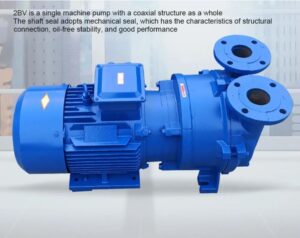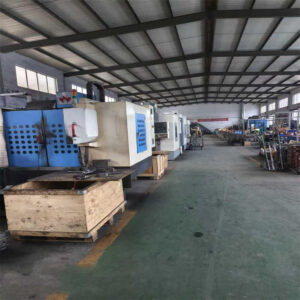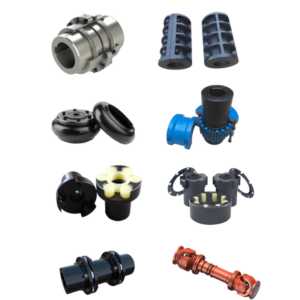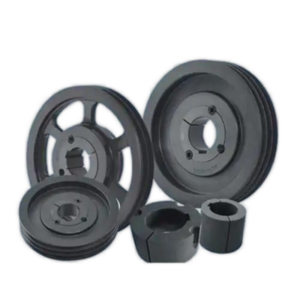The Development Prospects of the Vacuum Pump Market
The vacuum pump market has been experiencing steady growth over the past few years, driven by advancements in technology, increasing demand across various industries, and the rising need for energy-efficient solutions. As industries continue to evolve, the role of vacuum pumps in ensuring efficient operations has become more critical than ever. This article explores the current trends, key drivers, and future prospects of the vacuum pump market.
Current Market Trends
The global vacuum pump market is characterized by a growing demand for high-performance and energy-efficient vacuum pumps. Industries such as semiconductors, pharmaceuticals, food processing, and automotive are increasingly relying on vacuum pumps for various applications, including packaging, drying, and degassing. The semiconductor industry, in particular, has been a significant contributor to the market’s growth, as vacuum pumps are essential in the manufacturing of microchips and other electronic components.
Another notable trend is the shift towards oil-free and dry vacuum pumps. These pumps are gaining popularity due to their lower maintenance requirements and reduced environmental impact. As industries become more conscious of sustainability, the demand for eco-friendly vacuum pumps is expected to rise further.
Key Drivers of Market Growth
- Technological Advancements: Innovations in vacuum pump technology, such as the development of smart pumps with IoT capabilities, are driving market growth. These smart pumps offer real-time monitoring, predictive maintenance, and improved energy efficiency, making them highly attractive to industries looking to optimize their operations.
- Industrial Expansion: The expansion of industries such as healthcare, electronics, and manufacturing in emerging economies is fueling the demand for vacuum pumps. As these industries grow, the need for reliable and efficient vacuum systems is expected to increase.
- Energy Efficiency Regulations: Governments worldwide are implementing stricter regulations on energy consumption and emissions. This has led to a surge in demand for energy-efficient vacuum pumps that comply with these regulations. Manufacturers are investing in research and development to create pumps that consume less energy while maintaining high performance.
- Rising Demand in Emerging Markets: Countries in Asia-Pacific, such as China and India, are witnessing rapid industrialization and urbanization. This has resulted in increased demand for vacuum pumps in various applications, from manufacturing to healthcare. The growing middle class and rising disposable incomes in these regions are also contributing to market growth.
Future Prospects
The future of the vacuum pump market looks promising, with several factors expected to drive growth in the coming years. The increasing adoption of automation and Industry 4.0 technologies is likely to create new opportunities for vacuum pump manufacturers. As factories become more automated, the demand for advanced vacuum systems that can integrate seamlessly with other automated equipment will rise.
Moreover, the ongoing focus on sustainability and environmental conservation is expected to boost the demand for eco-friendly vacuum pumps. Manufacturers are likely to invest more in developing pumps that use renewable energy sources or have a lower carbon footprint.
The healthcare sector is another area with significant growth potential. With the increasing demand for medical devices and equipment, the need for vacuum pumps in applications such as vacuum-assisted wound closure and laboratory research is expected to grow.
Challenges and Opportunities
While the vacuum pump market is poised for growth, it is not without its challenges. The high initial cost of advanced vacuum pumps can be a barrier for small and medium-sized enterprises. Additionally, the complexity of integrating new vacuum systems with existing infrastructure can pose challenges for some industries.
However, these challenges also present opportunities for innovation. Manufacturers that can offer cost-effective, easy-to-integrate solutions will have a competitive edge in the market. Furthermore, the growing trend of leasing or renting vacuum pumps, rather than purchasing them outright, could open up new revenue streams for companies.
Conclusion
In conclusion, the vacuum pump market is set to experience robust growth in the coming years, driven by technological advancements, industrial expansion, and the increasing focus on sustainability. As industries continue to evolve, the demand for efficient and reliable vacuum pumps will only grow. Manufacturers that can innovate and adapt to the changing needs of the market will be well-positioned to capitalize on the numerous opportunities that lie ahead. The future of the vacuum pump market is bright, and it will play a crucial role in shaping the industrial landscape of tomorrow.







